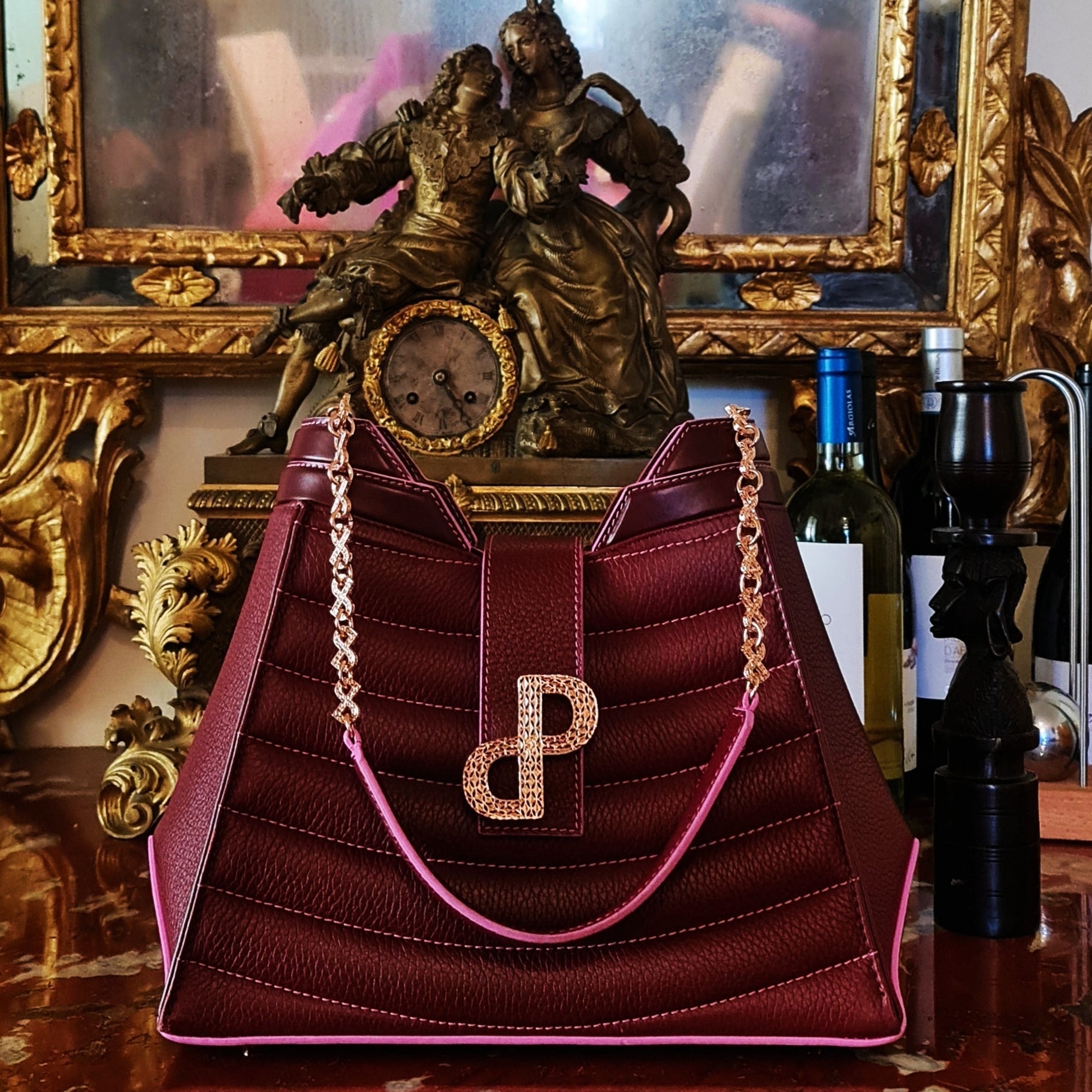
Luxury vs. ForeverLuxury®
In an era where luxury has lost its luster, a visionary emerges: Porscia Yeganeh. She is transforming the very definition of luxury. As the founder of the ForeverLuxury® movement, Porscia understands the flaws in the traditional luxury industry and has embarked on a remarkable journey to redefine luxury as we know it.

For over two decades, the House of Yeganeh has been crafting opulent, luxurious fashion for royalty and discerning individuals who demand more than what traditional luxury offers. This elite clientele seeks an experience that transcends the conventional boundaries of luxury, a niche that Porscia Yeganeh dubs as #ForeverLuxury.
Luxury goods have always possessed a unique ability to elevate our spirits and transform the way others perceive us. They adorn our lives with opulence and have us basking in admiration. However, traditional luxury has long been a victim of its own success, giving rise to a paradox.
In recent years, the allure of luxury has often been diluted. As consumers rush to fill their shopping carts with iconic designer pieces, they inadvertently fuel a trend where everyone seems to be carrying the same handbag or wearing the same necklace. It's a phenomenon that has diminished the exclusivity once synonymous with luxury.
The luxury landscape today is marred by overexposure. As more luxury brands expand their retail footprint globally, their mystique wanes. The proliferation of social media influencers sharing their favorite luxury items further erodes the aura of exclusivity. The traditional luxury brands, once known for their rarity and unattainability, find themselves struggling to maintain their prestige.
A pivotal shift is underway, driven by a growing demand for sustainability. Younger generations are increasingly conscious of their environmental footprint. They seek alternatives to mindless consumption and are turning to the luxury resale market for quality items at more accessible prices.
Traditional luxury brands, relying solely on their legacy and signature designs, face stiff competition from the allure of eco-friendly, pre-owned luxury goods. To stay relevant, luxury brands must adapt and deliver products that excel in quality, design, craftsmanship, originality, and authenticity.
The imitation game has reached new heights, and luxury brands have become unwitting victims. Counterfeit luxury merchandise now accounts for a significant portion of the estimated $4.5 trillion fake goods market. Luxury brands that overemphasize their logos and outsource manufacturing find their designs shamelessly copied.
In the face of these challenges, a new concept emerges – ForeverLuxury. Porscia Yeganeh's brainchild is more than just a brand; it's a movement dedicated to reclaiming and redefining luxury.
ForeverLuxury® thrives on crafting personalized experiences for luxury connoisseurs. It understands that today's luxury consumers yearn for uniqueness. These rarities affirm the owner's individuality, elevating their worth and the perceived value of their possessions.
Unique designs that defy mass production are at the heart of ForeverLuxury®. Highly customized items are inherently resistant to replication, elevating their desirability. ForeverLuxury guarantees not just originality but exclusivity, a quality often forgotten in the world of traditional luxury.
In a world obsessed with instant gratification, the virtues of quality and craftsmanship have taken a back seat. The rise of fast fashion, sacrificing quality for affordability, has been the norm. But Forever Luxury challenges this paradigm.
ForeverLuxury® is a return to the roots of quality and craftsmanship. It is a meticulous process that extends from concept to completion, ensuring that each product is inimitable. Consider, for instance, the commitment exemplified by PORSCIA YEGANEH® to this philosophy. Each of the bags created under her vision transcends mere fashion items; they are genuine masterpieces, rendering duplication an exceedingly challenging feat. This element is a testament to the brand's dedication to preserving its value, being the pioneer of the ForeverLuxury® movement. It's all made possible because Porscia is not just the founder; she's also a dedicated consumer of her own goods, understanding precisely what women of her class deserve to have.
This is not an overnight transformation; it's a journey fueled by dedication and vigilance. PORSCIA YEGANEH® stands as a testament to the aspiration of reaching heights few luxury brands dare to pursue.



1 comment
Very informative piece on the definition of luxury, it really does matter
Jasmine Hewitt
Leave a comment
This site is protected by hCaptcha and the hCaptcha Privacy Policy and Terms of Service apply.